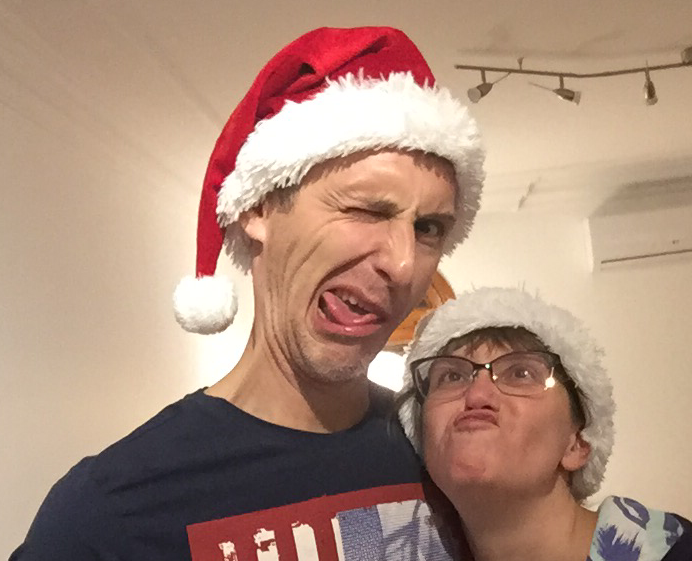Starlink in Slovenia, part 2
- Vasily Chapaev

- Mar 21, 2023
- 3 min read
Updated: Mar 27, 2023

Winter is over and with it, the entire cycle of testing and performance of Starlink is completed.
Taking a step back - Starlink has been chosen as an alternative to ADSL internet provided by Telekom Slovenije. The primary purpose of the purchase: is to increase the connection speed and provide more people living in the house with the Internet in the house.
After buying the basic Starlink kit (read about it in the previous post), I bought an Ethernet adapter to connect my existing router and Wi-Fi signal amplifiers in order to cover the entire house and surrounding area through Mesh. As a result, the signal was created by a single network from its existing hardware. In my case, all additional equipment was from the same manufacturer. Router - FRITZ!Box 7530, repeater - FRITZ!Repeater 3000 and several repeaters FRITZ!Repeater 1200. As a result, we managed to achieve uniform coverage throughout the house.

In this configuration, the connection speed for 9 users was quite acceptable, there were no particular problems with downloading streaming video. But the features of Starlink itself began to come out. From time to time, communication with the satellite is interrupted. As a result, the connection is interrupted for a short time: from 0.1 to 5 seconds. Most often for 0.7 - 0.8 sec. For a real user, signal loss manifests itself as follows: when watching a video, the picture is frozen for 1–2 seconds and then playback continues. Fortunately, there are no more than 10-12 such signal interruptions per day, half of which happen late at night. With normal web surfing, this interruption is difficult to detect. We can assume that this feature does not particularly complicate life.
But with the next feature, I had to have fun. Of course, it snowed. For some time, the built-in heater had time to melt the snow, and the amount of snow had almost no effect on the quality of communication. But in the end, the limit came when the entire antenna was covered with snow so that it could no longer rotate and receive a signal. As expected, the Internet in the house disappeared completely and the whole scheme had to be redone for Telekom Slovenije. All this joy lasted for about three weeks until the snow melted under the sun and the antenna again got the opportunity to orient itself to the satellites. During these three weeks, I managed to get acquainted with the quality of the Starlink support service. The quality is below the baseboard, I could hardly overcome the chatbot at the entrance. In the end, everything was decided, but the sediment remained.
From my adventure, I concluded that the receiving antenna needs to be raised above the roof level by about 60-80 cm so that it does not get swept up in winter. I will think about how to make this design.
Further, according to my observations, I can conclude that neither rainfall, fog, nor snowfall greatly reduces the connection speed. According to measurements during the mentioned cataclysms, the speed drops from 250 to 260 Mbps to 60–120 Mbps. Which still gives a better result in comparison with Telekom Slovenije (20-25 Mbps). According to my own observation, wet snow slows down the connection the most, when the antenna is quickly covered with a wet layer of water and snow. If you do not turn on the forced heating of the antenna in time, then a complete loss of communication is possible.
Conclusion: Starlink in the absence of an alternative to connecting to broadband Internet is a suitable alternative. As before, we can emphasize the fact that the correct installation of the antenna is a key factor in the correct high-speed operation of the entire hardware.



Comments